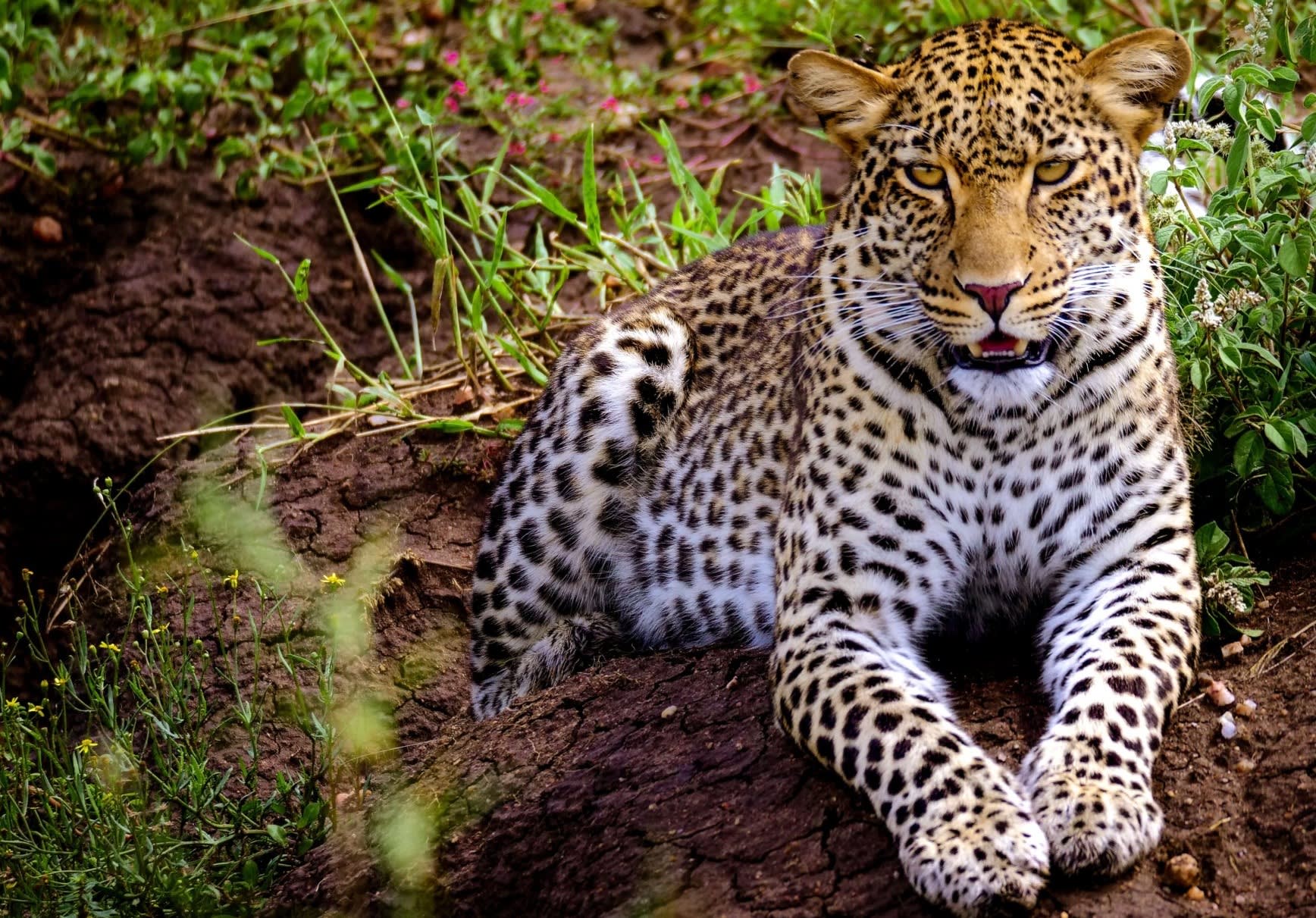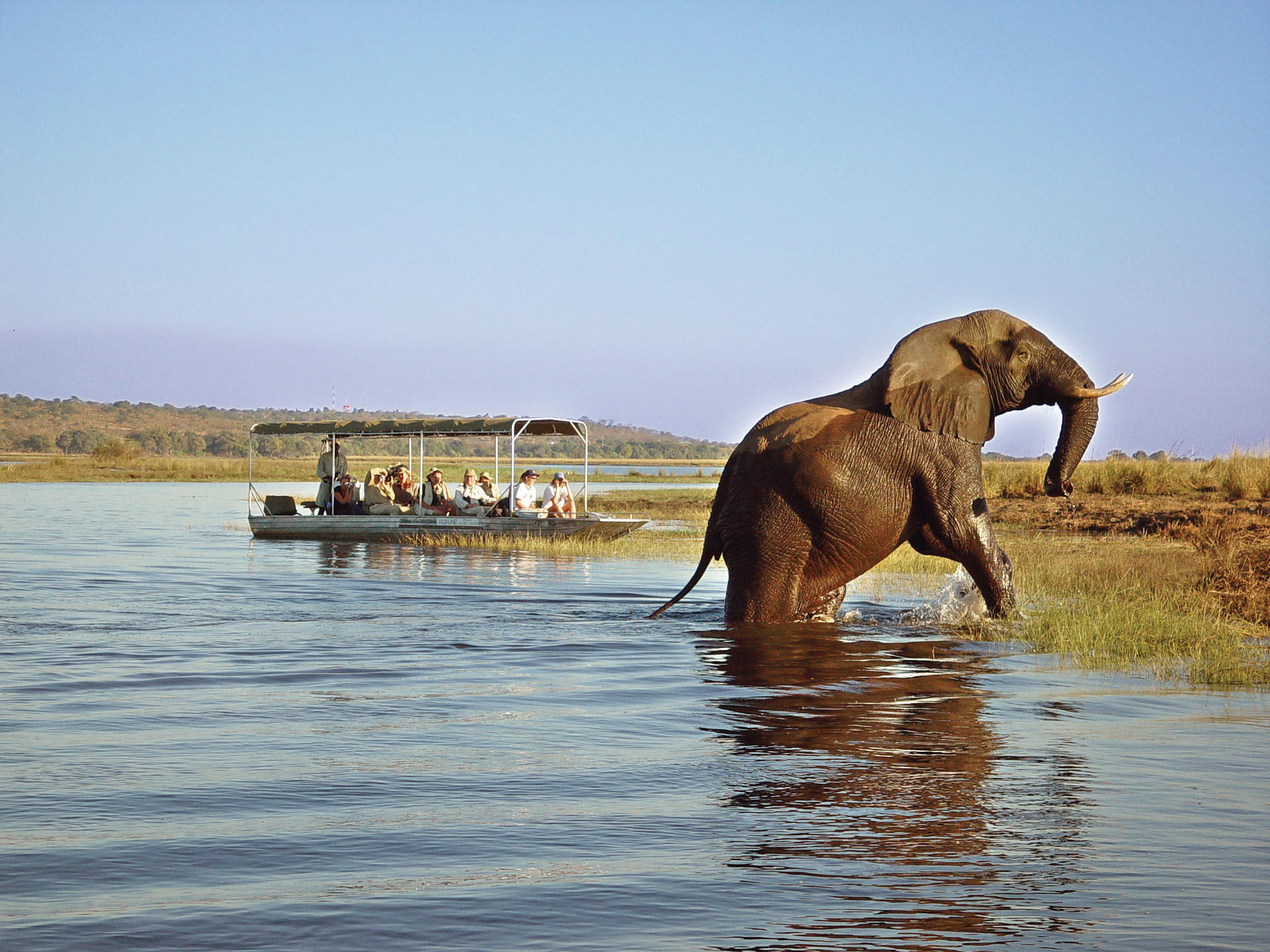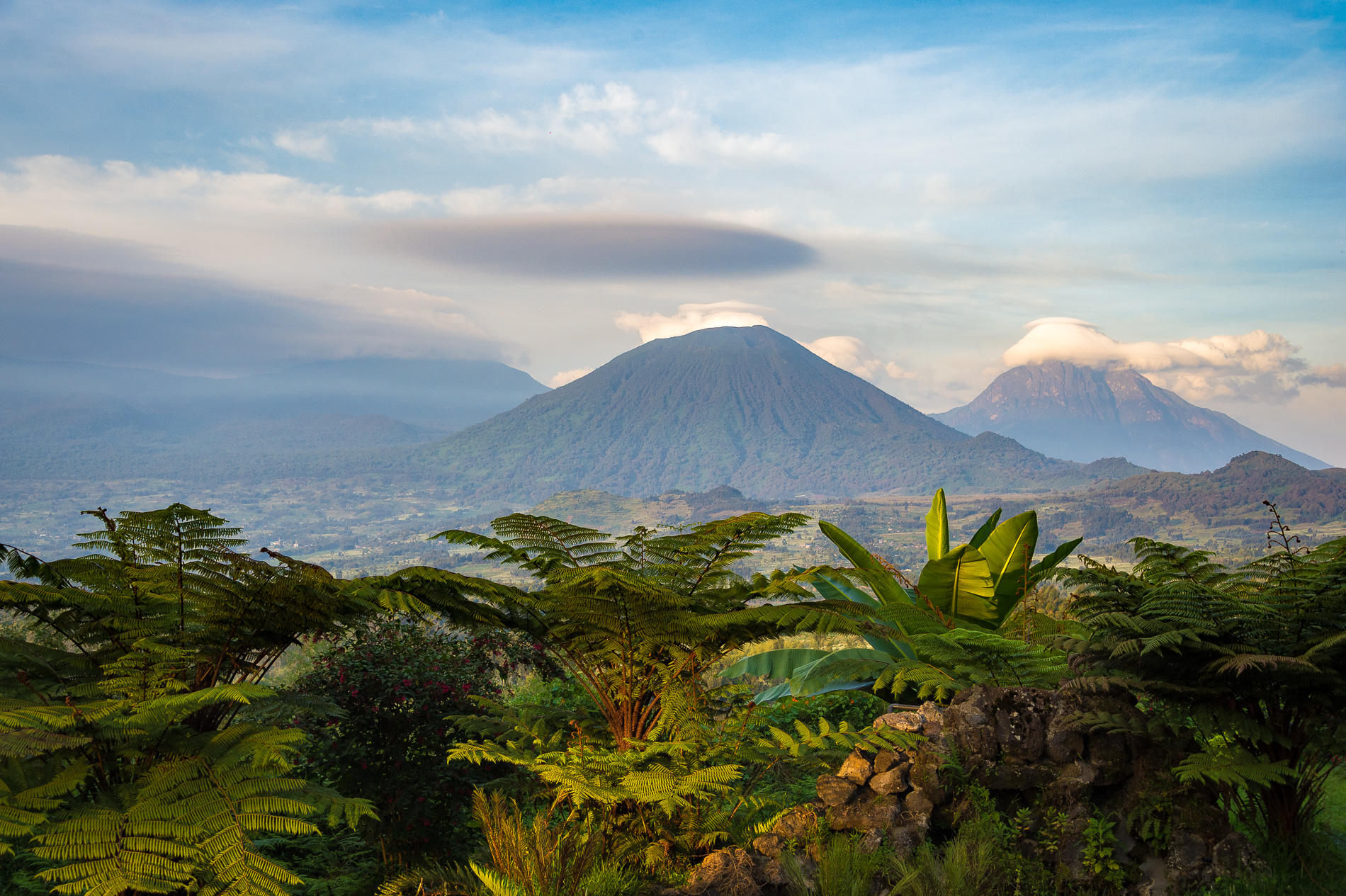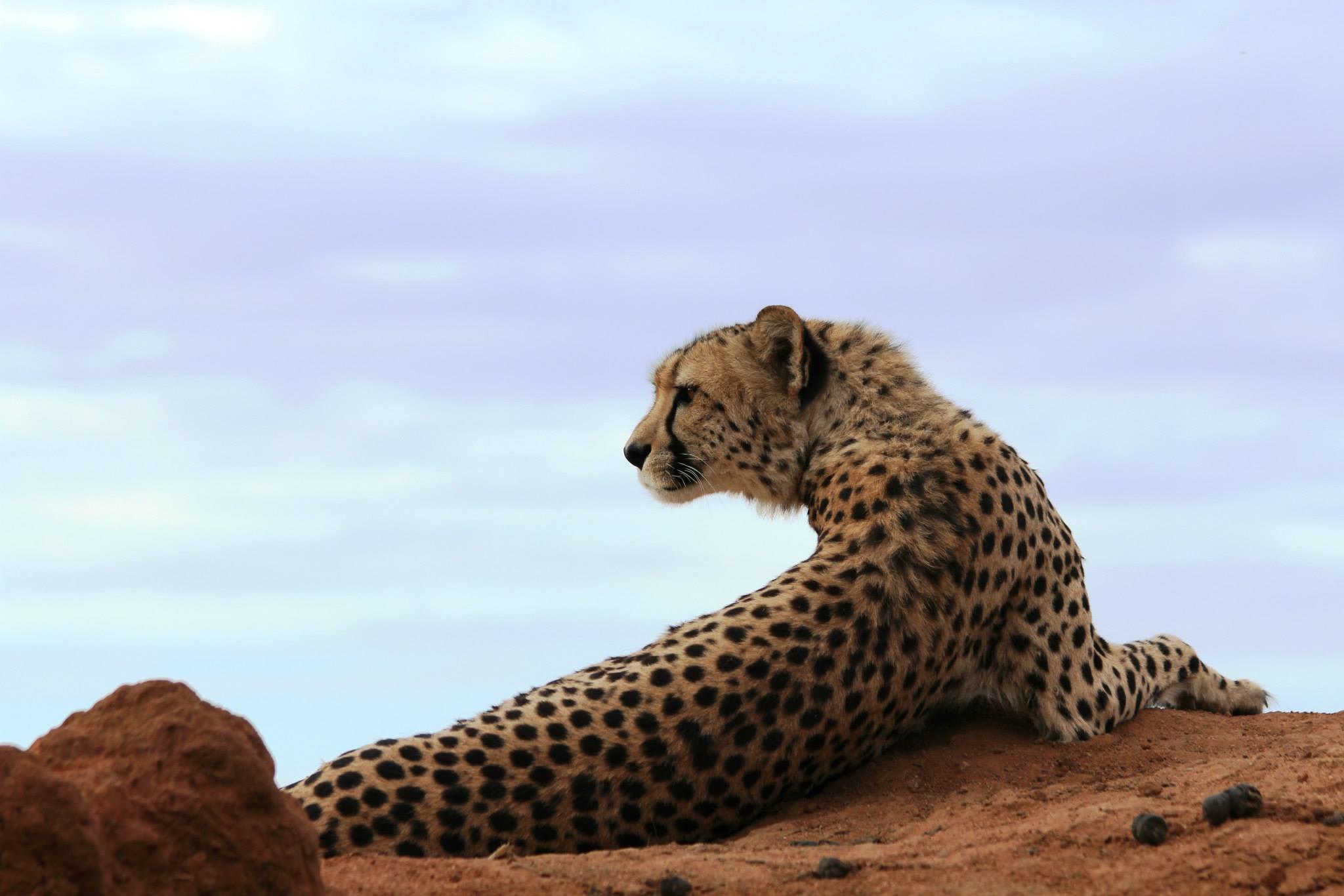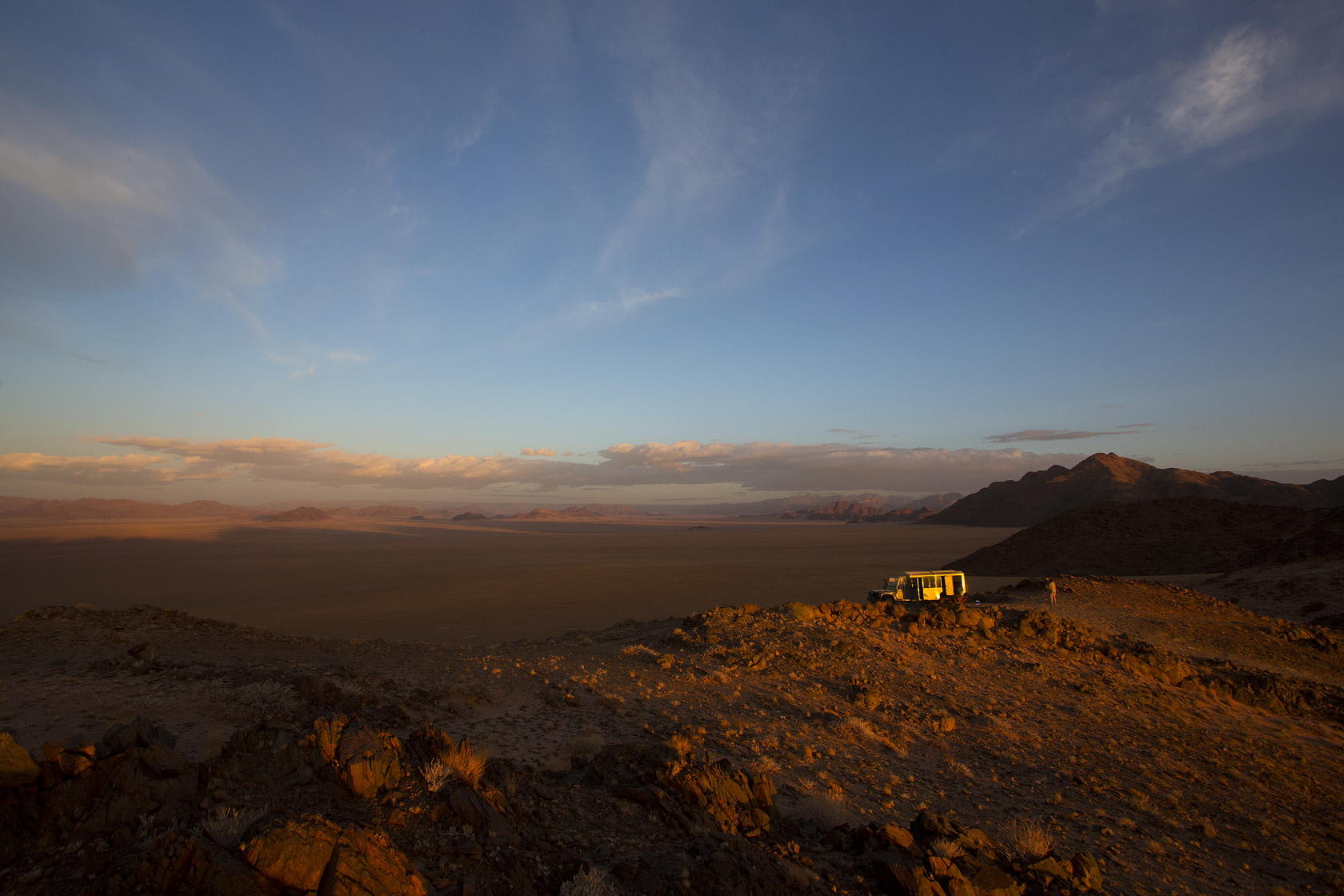Africa is all about safari….well, it’s not everything but it’s unavoidable. And you may be cynical, sure you can see animals in a zoo…or on TV. But nothing…absolutely nothing in the world…come close for a wildlife experience than seeing big African game in the wild. Every safari-goer remembers the first time – the first glimpse of the sheer size of an elephant, the first thrill of a big cat on the hunt, the first night safari or walk in the bush.And it’s not just animals…it’s sundowners in the wilderness, it’s an indulgent bush breakfast, it’s an outdoor shower with your luxury lodge. But – the sheer scale can be confusing, and that’s where Destinology can help. Here is a guide on where to go when, from Amboseli to Zululand….a brief overview but contact Destinology for the detail…there can be little tips to avoid crowds and get the best experience.
When to go
There’s always a season for Africa. And while some lodges in parts can close in the rains, other areas stay open year round. And as animals move, you can follow the herds. For the best weather, the best sightings…and ask us how to get the best value. Green seasons can be a treat for private experiences and surprises.
In a nutshell it’s:
January to March: Ideal for South Africa’s eastern cape in summer. Go to Tanzania’s Serengeti and Kenya’s Masai Mara where it’s the hot and dry season. Add on gorilla trekking in Uganda or Rwanda, where it’s dry season.
April to June: Great for Kruger and Sabi Sands in South Africa, coming into the dry season and to combine with the Cape. Zimbabwe’s parks are opening and Victoria Falls are in full flow, from June Zambia is ideal, and that continues into summer. The migration is starting.
July to August: Peak time for the great migration in the Masai Mara, Kenya, which will last until October. Book early. Also ideal for Kruger and KZN in South Africa with dry season ideal for game. Head to Zambia for warm temperatures, excellent game and ideal water levels at Victoria Falls.
September and October: The migration continues in Kenya, and you can avoid peak holiday travelling season. South Africa is coming into spring, ideal for Kruger and Cape combos. Botswana should be clear and dry, with game congregating at waterholes.
November and December: South Africa’s Eastern Cape offers hot summer temperatures and dry days. In East Africa it’s the short rains, but still with good wildlife and across the continent it’s ideal for low season travel.
South Africa's safari reserves
Great for first timers, but also returnees, it’s such a big country and such variety of lodge and camp, at amazing value. The safari hotspots are:
Eastern Cape: Ideal to finish a drive on he Garden Route or a stay in Cape Town, great for family safaris. Malaria free Big Five private reserves we love include Shamwari and Kareiga.
Sabi Sands and Kruger region: some of Africa’s best lodges and private safari reserves, linked to the famous Kruger National Park. Ideal for honeymoons and high end safari, in lodges like Lion Sands, Londolozi and Ulusaba and further north the large Thornybush reserve.
Madikwe: In the far north, fly from Johannesburg. Malaria free with private safari reserves with huge swathes of wilderness
See also…..kwaZulu Natal lodges like Thanda, ideal for a road trip with the Drakensburg mountains. Private ranches a short drive north of Johannesburg including Welgevonden Game Reserve, an ideal introduction to safari.
Kenya, Tanzania and the migration
East Africa is the home of safari – the word means travel in Swahili after all. Great grazing herds follow the rains through the Serengeti into the Masai Mara and beyond, with the migration attracting big cats and travellers alike. There’s lodges and camps of all varieties from expertly serviced mobile camps, to large luxurious camps and manor houses, many of the places reflecting the style of a bygone age. Safaris combine easily with beach relaxation in Zanzibar and on the Kenya Coast, here’s the hot spots and areas a bit off the beaten track….
Masai Mara: It’s picture postcard Africa…the rolling savannah, acacia trees, a profusion of big cats, abundant and almost guaranteed sightings. And for the great migration in June to September, an off the scale animal experience. Lodges and camps like Hemingways Ol Seki and Governors Camp reflect a bygone age of style and immaculate service in the middle of the action.
Laikipia &Samburu: The hot and dry north has unique species, especially rhino and possibly even black panther. Rolling hills, the Samburu culture and dramatically located lodges, like Elewana Loisaba Lodo Springs or Elephant Bedroom Camp. Recommended for a flying safari and something different in Kenya.
Amboseli: That iconic image of animals and snow-capped Kilimanjaro, that’s Amboseli. Know for massive elephant herds, just a few lodges like Elewana Tortillis Camp mean it’s a jewel of a reserve and easy to combine with the Masai Mara.
Serengeti: As featured in many BBC Wildlife and National Geographic Channel documentary, overland safaris combine the Serengeti and Tanzania’s other northern parks, or fly in and out and over to the islands. Chase the animals on a luxury mobile safari and stay in amazing lodges like Lemala Mpingo Ridge, tick off all the animal species you expect.
Ngorongoro Crater: A huge extinct volcanic crater, photos don’t do it justice. A distinct wildlife ecosystem in this fertile basin. Stay above the escarpment in The Manor or Crater Lodge.
Selous and Ruaha: Ruaha is one of the largest national parks in Africa with very few lodges, an amazing wilderness wildlife experience for that pure safari – ideal to combine with Zanzibar, it’s just a short hop.
Botswana, Zimbabwe and Zambia – the Zambezi
It’s all a bit simplistic to put these countries together, but they can also be easily combined and the ecosystems and wildlife are dominated by the Zambezi River. Head to Southern Africa for these unique wildlife reserves…
The Okavango Delta: dominates safari in Botswana, the home of high end low impact safari. Take a mokoro trip to see the game, sunsets by the river, amazing bird life, an ever-changing landscape
South Luangwa: Zambezi’s principle national park, a profusion of cats, and the home of the walking safari.
Victoria Falls: There’s wildlife near the spectacular falls, with game drives possible by land and on river above the falls. It’s easily combined with Hwange overland, Zimbabwe’s up and coming game reserve, or hop over to Botswana and safari in Chobe and beyond.
Lower Zambezi National Park and Mana Pools: These two reserves on either side of the Zambezi on Zambia and Zimbabwe are among the most pristine in Africa with some of the best lodges including Kanga Camp and Chiawa Camp, perched on the river banks in beautiful settings. Explore by land and river, with amazing sunsets and pristine locations for bush dining.
Uganda and Rwanda
Safari in these jewels of East Africa where gorillas are the showstoppers. Trek to encounter families of gorillas in Volcanoes National Park in Rwanda and Bwindi Impenetrable Forest in Uganda. Combine the thrill with safari, culture and the River Nile in Uganda, and the picturesque mountains and luxury lodges of Rwanda.
Namibia: sand and safari
Take a road trip, or an out of this world flying trip around Namibia and see Etosha National Park. In Namibia wildlife is scattered and harder to seek out, yet cheetah, black rhino, desert elephants and more can be seen, against the dramatic desert backdrops for wildlife and wilderness.
